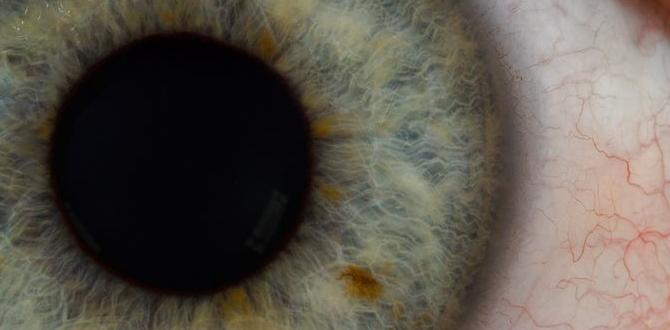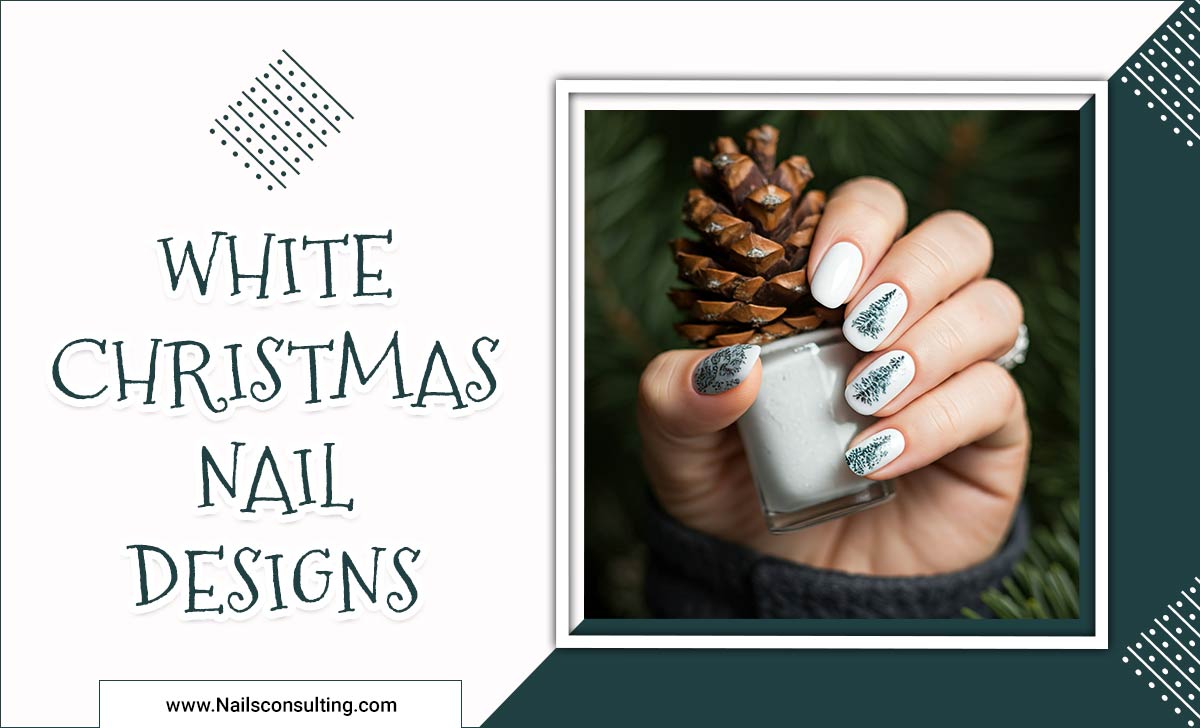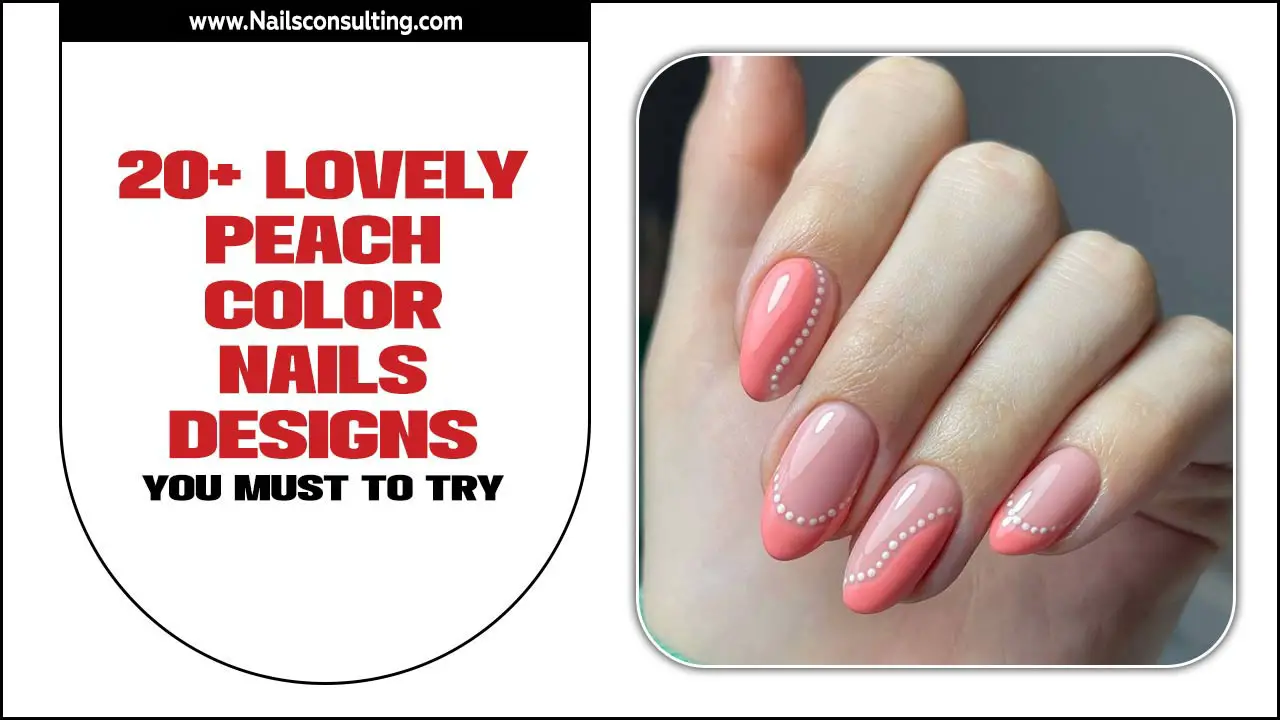Ocean nail designs offer a breathtaking way to capture the beauty of the sea on your fingertips. From serene blues to sandy shores, these stunning designs are surprisingly achievable for at-home manicures. Dive in and discover how simple it is to create your own watery wonderland!
Dreaming of a getaway to the beach? Wish you could carry a piece of the ocean with you every day? You’re not alone! Many of us are captivated by the endless blues, gentle waves, and sparkling sands of the sea. But how do you translate that serene, beautiful vibe to your nails, especially if you’re new to nail art? It can feel a bit intimidating, right? You might think intricate ocean scenes are only for the pros. But fear not! We’re here to show you that creating stunning ocean nail designs is totally doable, even with basic supplies. Get ready to dive into a world of creativity and express your love for the ocean, one nail at a time!
Dive In: Your Beginner’s Guide to Ocean Nail Designs
Ocean nail designs are more than just pretty colors; they’re a mood, a vibe, a little escape for your fingertips. Whether you’re aiming for a soft, shimmery seafoam look or a bold, wave-crashing statement, there’s an ocean design out there for you. We’ll break down everything you need to know, from essential tools to simple techniques. Let’s make waves with your manicure!
What You’ll Need: Your Ocean Nail Art Toolkit
Don’t worry, you don’t need a professional salon’s worth of gear. With a few key items, you can create beautiful ocean-inspired looks. Think of these as your essential beach bag for nail art!
Base Coat & Top Coat Essentials
- Base Coat: This is your nail’s sunscreen! It protects your natural nail from staining and helps polish adhere better.
- Top Coat: This is your protective sealant, like a clear coat of ocean spray. It adds shine, prevents chipping, and makes your design last longer.
Color Palette: Bringing the Ocean to Life
The heart of any ocean design is its color. Here’s what to have on hand:
- Blues: Various shades are key – think light sky blue, deep navy, turquoise, and aquamarine.
- Greens: Seafoam green and emerald green add depth and mimic seaweed or shallow waters.
- Whites & Creams: Perfect for seafoam, wave tips, and sandy accents.
- Beiges & Tans: For realistic sandy beaches.
- Silvers & Golds: Optional, for a touch of sparkle like sunlight on water.
Tools for Artistic Waves & Details
These will help you create those stunning ocean effects:
- Thin Nail Art Brushes: Essential for drawing fine lines, waves, and details. Look for ones with very fine tips.
- Dotting Tools: Great for creating small dots that can mimic bubbles or adding texture.
- Sponge (Cosmetic or Nail Art Sponge): Use a regular makeup sponge or a specific nail art sponge for creating gradient and ombré effects, like the transition of water color.
- Toothpicks/Orange Wood Sticks: Handy for cleaning up edges or applying small amounts of polish.
- Nail Polish Remover Klearkleen Nail Polish Remover Cotton Pads: For mistakes and cleaning up.
- Glitter Polish/Flakes (Optional): For that extra shimmer of sunlight on the water or mermaid-scale vibes.
Simple Techniques for Stunning Ocean Effects
Ready to get creative? Let’s explore some easy techniques that form the foundation for many beautiful ocean nail designs.
1. The Ombré Wave: Smooth Color Transitions
This technique mimics the beautiful fade of colors in the ocean, from deep blues to lighter turquoise. It’s easier than you think!
What you’ll need: Sponge, 2-3 shades of blue/green polish, base coat, top coat.
- Prep your nails: Apply a base coat and let it dry.
- Apply base color: Paint your nail with the lightest shade of blue or green you’re using. Let it dry completely.
- Create the gradient: On a surface (like foil or a paper plate), paint stripes of your colors next to each other. For example, dark blue, then turquoise, then a lighter sky blue.
- Sponge it on: Quickly and gently dab a cosmetic sponge onto the stripes of polish you just laid down. The sponge will pick up the colors, blending them together.
- Transfer to nail: Lightly dab the sponge onto your nail. You might need to reload the colors on your sponge and dab a few times to build up the intensity and blend. Work quickly before the polish dries.
- Clean up: Use a brush dipped in nail polish remover to clean up any polish that got on your skin.
- Seal the deal: Once dry, apply a generous layer of top coat to smooth out the texture and add shine.
2. Seafoam & Wave Tips: Adding Movement
This is where you add that iconic froth of waves crashing on the shore or the gentle crests of waves.
What you’ll need: White polish, thin brush or dotting tool, base color, top coat.
- Start with your base: Apply your base color(s) to the nail. This could be a solid blue, an ombré, or even just a pale sandy color. Let it dry completely.
- Dip your brush: Load a tiny amount of white polish onto your thin nail art brush.
- Create the texture: For wave tips, gently brush a fine white line along the edge of the nail. For seafoam, you can use a stippling or dabbing motion along the bottom or edge of the nail where waves would meet. Think light, airy strokes rather than solid lines.
- Don’t be too perfect: Real seafoam is irregular! A slightly messy, natural look is often best here.
- Let it dry: Allow the white details to dry fully.
- Seal with top coat: Apply a clear top coat to protect your design.
3. Sandy Beach Effect: Texture and Depth
Bring the feeling of warm sand to your nails with this simple, textured look.
What you’ll need: Beige/tan polish, fine glitter or actual fine sand (craft store), top coat (consider a matte top coat for a more realistic sand look), tweezers (optional).
- Paint your beach: Apply your desired base color (blue for the ocean, or a sandy gradient). Let it dry completely.
- Apply a sticky layer: Paint a stripe or section of your nail with a light beige or tan polish where you want the sand to be. Don’t let this layer fully dry. You want it to be tacky.
- Add the “sand”: Gently sprinkle fine beige glitter or craft sand over the tacky polish. You can also carefully place small amounts with a toothpick or tweezers.
- Tap off excess: Once the polish is mostly dry, gently tap your nail or use a clean, dry brush to remove any loose material.
- Seal it: For a truly matte, sandy finish, use a matte top coat. For a slightly glossy, wet-sand look, use a regular shiny top coat, but be aware this can sometimes clump the sand or glitter. Apply carefully.
Putting It All Together: Ocean Nail Design Ideas
Now that you know the basic techniques, let’s combine them into some stunning ocean nail designs!
Idea 1: The Classic Ocean Gradient
This is a go-to for a reason – it’s beautiful, calming, and uses the ombré technique. Perfect for beginners!
- Apply a base coat.
- Use the sponge ombré technique with 2-3 shades of blue polish on each nail. Start with a darker blue at the cuticle and fade to a lighter blue or turquoise towards the tip.
- Once dry, use a white polish and a thin brush to add delicate wave tips to the free edge of each nail.
- Finish with a glossy top coat.
Idea 2: Sandy Shoreline Snapshot
This design gives you a beach scene in miniature, with the ocean meeting the sand.
- Apply a base coat.
- On most nails, create a blue ombré or solid blue ocean color.
- On one or two accent nails, create the sandy beach effect using beige polish and fine glitter or sand.
- On the “ocean” nails, add the white seafoam details where the water would meet the sand line. You can also add a subtle white cresting wave on a couple of nails.
- Seal all nails with a top coat (consider matte for the sand).
Idea 3: Tropical Teal & White Swirls
This is a brighter, more vibrant take on ocean nails, perfect for summer vibes.
- Apply a base coat.
- Paint your nails with a vibrant teal or turquoise polish.
- Once dry, use a thin white polish and a nail art brush to freehand delicate, swirling wave patterns across the nails. Think of the movement of water. You can also use a toothbrush or stiff brush to flick white polish for a sea-spray effect.
- Add a few tiny white dots using a dotting tool at the base of some swirls to simulate bubbles.
- Seal with a high-shine top coat.
Idea 4: Deep Sea Shimmer
For those who love a bit of drama and sparkle, this design evokes the mysterious depths of the ocean.
- Apply a base coat.
- Paint your nails with a deep navy or midnight blue polish.
- While the blue is still wet, gently sprinkle fine silver or holographic glitter over it. You can also use a glitter polish.
- Once dry, use a fine brush and white polish to add a few scattered, stylized wave lines or foam details. Metallic blue or green polish can also be used for subtle depth.
- Apply a generous amount of glitter-intensifying top coat to lock in the sparkle.
Pro-Level Touches for Extra Sparkle
Want to elevate your ocean nail designs from pretty to absolutely breathtaking? Here are a few extra tips and tricks:
- Use a Liner Brush: For super sharp, clean wave lines, invest in a good quality liner brush.
- Metallic Accents: A touch of metallic gold leaf or a fine gold stripe can mimic sunlight reflecting on the water.
- Gels for Durability: If you’re comfortable with gel polish, it can provide a super smooth finish and incredible longevity for your ocean designs.
- 3D Elements: For the adventurous, small 3D sea charms (like tiny shells or star-fish) can be added using strong nail glue or acrylic.
- Matte vs. Glossy: Don’t underestimate the power of finish! A matte top coat can make sand textures look incredibly realistic, while a glossy top coat enhances the watery shimmer. You can even combine them on one nail for contrasting textures.
Nail Care Tips for Healthy, Happy Nails
Beautiful nail art starts with healthy nails! Taking care of your natural nails ensures your designs look their best and last longer.
- Keep them moisturized: Regularly apply cuticle oil and hand cream, especially after removing polish or using cleaning products.
- File correctly: File your nails in one direction to prevent splitting. Use a fine-grit file.
- Give them breaks: If you wear polish constantly, give your nails a break (a week or two) every so often to let them breathe. Your base coat is your best friend here!
- Protect them: Wear gloves when cleaning or doing dishes to protect your nails and polish from harsh chemicals.
- Hydrate from within: Drink plenty of water! It’s good for your skin, hair, and nails.
Understanding Nail Polish Ingredients
Knowing what’s in your polish can be helpful for both nail health and achieving the best results. Most nail polishes contain a mix of solvents, film-formers, plasticizers, colorants, and pigments. For example, nitrocellulose is a common film-former that creates that smooth, hard coating. Phthalates, like Dibutyl Phthalate (DBP), Toluene, and Formaldehyde, have historically been used but are often omitted in “3-free,” “5-free,” or “10-free” formulas due to potential health concerns. Many brands now offer polishes free from these common chemicals, which can be gentler on nails and better for the environment. For a general overview of nail polish ingredients, you can check resources from the U.S. Food & Drug Administration (FDA).
Table: Comparing Nail Art Brush Types
Choosing the right brush makes a big difference in detail work. Here’s a quick guide:
| Brush Type | Tip Size | Best For | Beginner Friendliness |
|---|---|---|---|
| Liner Brush | Very Fine (e.g., 2mm – 5mm length) | Thin, crisp lines, French tips, intricate details, outlining | Moderate (requires a steady hand) |
| Dotting Tool | Various ball sizes (e.g., 1mm – 5mm diameter) | Creating dots, small flowers, swirls, adding accents | Very High (easy to use) |
| Flat/Fan Brush | Medium to Wide width | Creating ombré effects with sponges, sweeping glitter, creating marble effects | Moderate (can be tricky for precise control) |
| Angled Brush | Various angles and lengths | Creating sharp corners, detailed French tips, precise lines at an angle | Moderate (useful for specific shapes) |
A good liner brush is invaluable for ocean designs, especially for those crisp wave lines and details.
Table: Nail Polish Finishes & Their Ocean Applications
The finish of your polish can dramatically change the look of your ocean design. Here’s a breakdown:
| Finish Type | Description | Ocean Design Use | Tips |
|---|---|---|---|
| Glossy/Cream | High shine, opaque color without shimmer. | Base colors for the sea, solid wave colors, bright finishes. | Apply a glossy top coat for maximum shine. This is the most common and versatile. |
| Shimmer/Metallic | Contains fine particles that reflect light, giving a subtle gleam or metallic look. | Mimics light on water, deeper ocean blues, mermaid scales. | Can enhance the “watery” feel. Great for blending into darker shades. |
| Glitter | Contains larger, reflective particles. Can be fine or chunky. | Sparkling sunlight on water, sandy beaches (fine glitter), sea foam accents. | Use a glitter-grabbing top coat for a smoother finish. Fine glitter is best for realistic sand. |
| Matte | Absorbs light, giving a flat, non-shiny appearance. | Realistic sandy beach texture, frothy sea foam (when layered subtly). | Excellent for creating contrast and textural effects. Apply after all colors are dry. |
Experimenting with different finishes can lead to truly unique ocean nail art!
Frequently Asked Questions About Ocean Nail Designs
Q1: Are ocean nail designs hard to do for beginners?
Not at all! While some designs can be intricate, many stunning ocean looks rely on simple techniques like sponging for ombré and careful brush strokes for waves, which are very beginner-friendly. We’ve covered the basics to get you started!
Q2: What are the best colors for ocean nail designs?
The best colors are shades of blue (sky blue, navy, turquoise, aquamarine), green (seafoam, emerald), white (for foam and waves), and beige/tan (for sand). You can add silver or gold for shimmer!
Q3: How do I make my ocean nail designs last longer?
Always start with a good base coat, let each layer of polish dry completely before adding the next, and finish with a strong, good-quality top coat. Reapply top coat every few days if needed. Proper nail care also helps!







